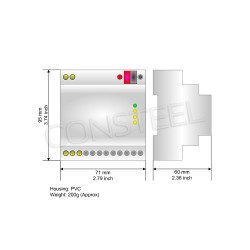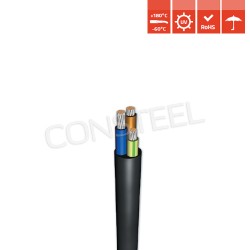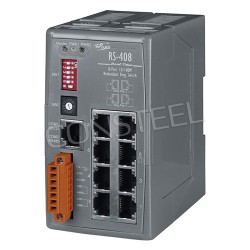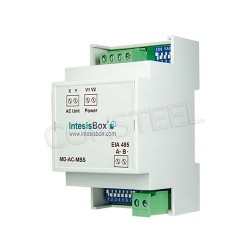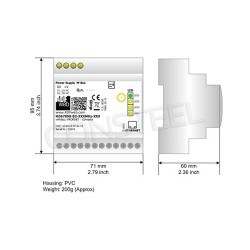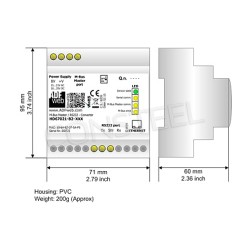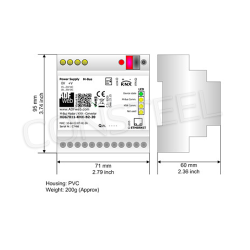What is single-mode fiber optic cable? The backbone of high-speed communication
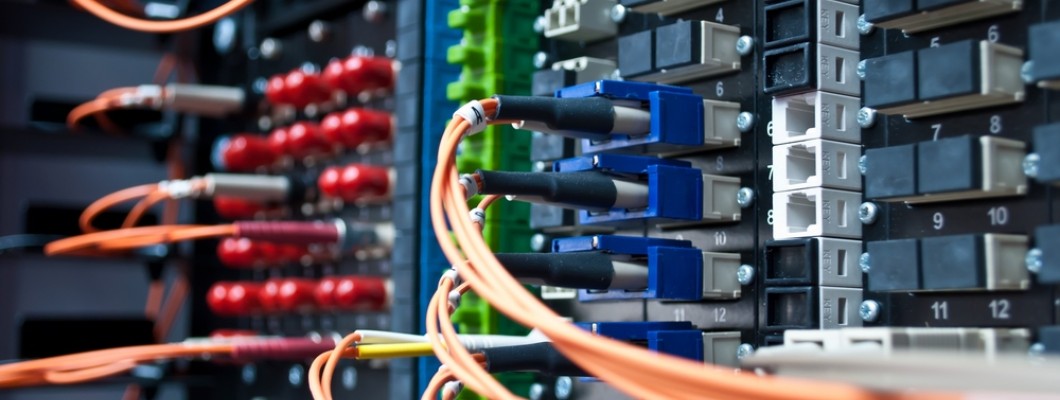
In the world of telecommunications, where speed, reliability and performance are paramount, the choice of transmission medium plays a key role in determining network performance. Among the various options available, single-mode fiber stands out as the preferred choice for long-distance, high-capacity communications. Let's take a look at what single-mode fiber is, how it works and its importance in modern telecommunications.
What is single-mode fiber optics?
Single-mode fiber optic cable is a type of optical fiber designed to propagate only one mode of light, enabling high-speed data transmission over long distances with minimal dispersion and signal attenuation. Unlike multimode fiber, which supports multiple modes of light propagation, single-mode fiber maintains a single, tightly focused beam of light, enabling greater bandwidth and longer transmission distances.
How does single-mode fiber work?
The heart of a single-mode optical fiber is a core, usually made of silica glass, about 8-10 micrometers in diameter - much smaller than the core of a multimode fiber. This core is surrounded by a cladding layer, also made of silica glass, with a slightly lower refractive index. The structure of the core and cladding forms a waveguide that guides light along the length of the fiber through total internal reflection.
In single-mode fiber, the diameter of the core is optimized to support only the primary mode of light propagation, known as the "mod field." This results in a highly focused beam of light that travels in a straight line along the fiber, minimizing scattering and ensuring signal consistency over long distances.
Single-mode fiber and its importance in telecommunications
Single-mode fiber plays a key role in modern telecommunications infrastructure, being the backbone of high-speed data transmission in long-distance networks, metropolitan area networks (MANs) and fiber backbone networks. Its importance stems from several key advantages:
High bandwidth: Single-mode fiber offers higher bandwidth compared to multimode fiber, making it ideal for transmitting large amounts of data at high speeds over long distances.
Long transmission distances: The focused nature of the light beam in single-mode fiber minimizes attenuation and signal dispersion, enabling transmission over distances of tens or even hundreds of kilometers without the need for signal regeneration.
Low signal loss: Single-mode fiber exhibits lower signal loss (attenuation) compared to multi-mode fiber, ensuring that data signals remain strong and intact throughout the journey.
Resistance to modal dispersion: Because single-mode fiber supports only one mode of light propagation, it is immune to modal dispersion - a phenomenon that can degrade signal quality in multimode fiber over long distances or at high data rates.
Single-mode fiber applications
Single-mode fiber is widely used in telecommunications, Internet infrastructure and data networks, including:
Long-distance communications: Transmitting data at high speeds over long distances using undersea cables, intercontinental links and terrestrial fiber-optic networks.
Metropolitan Area Networks (MAN): connecting cities and urban centers with high-speed fiber optic links for telecommunications, Internet access and enterprise connectivity, using high-performance industrial application equipment such as switches or media single-mode converters.
Backbone networks: Serve as the primary transmission medium for backbone networks connecting regional networks, data centers and Internet exchange points network switches or workgroups.
What devices are used in a single-mode fiber optic network?
The criterion for using devices in a fiber optic network is the type of fiber they support. Devices operating in a single-mode fiber optic network include:
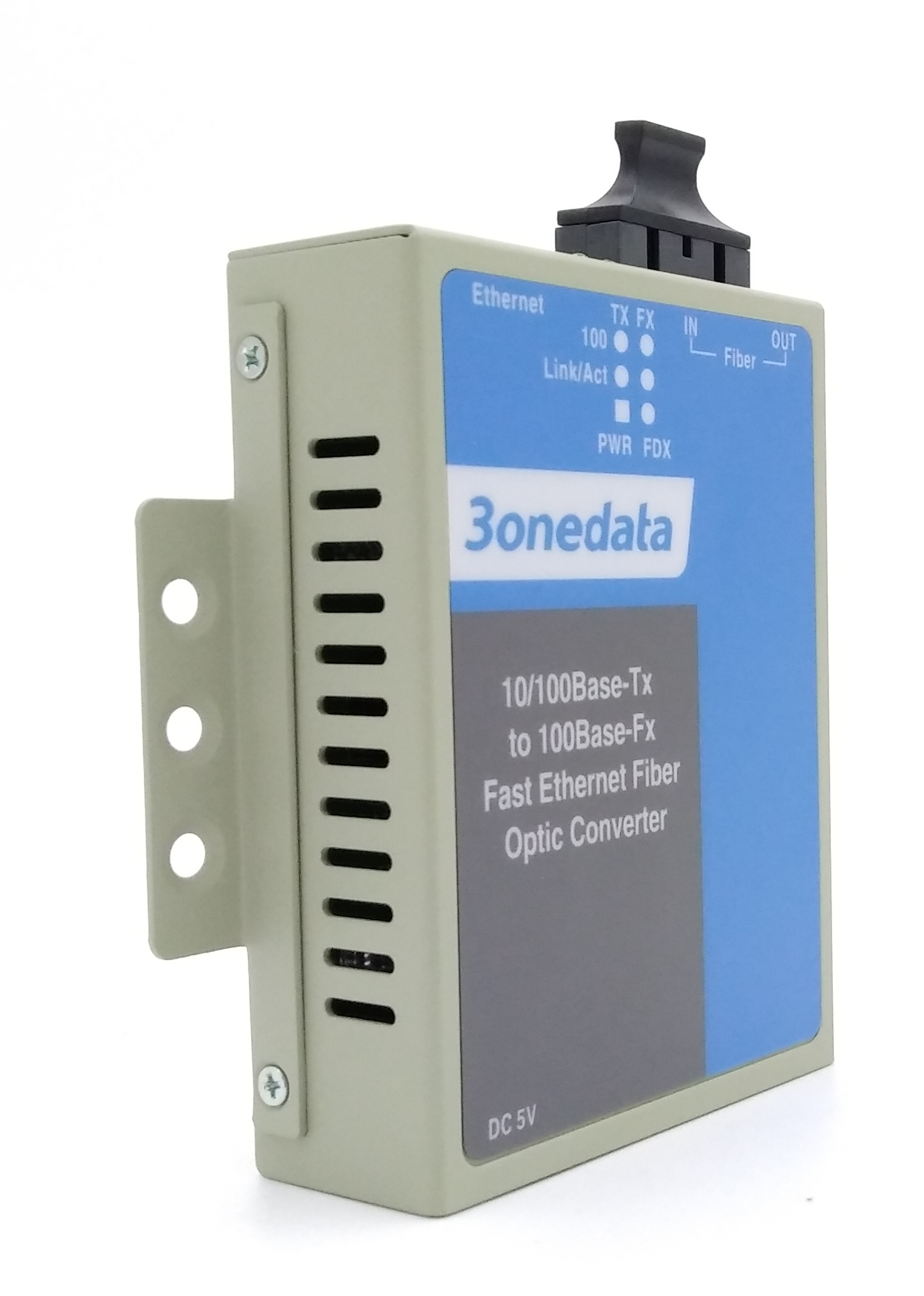
Optical transceivers (SFP, SFP+, QSFP, etc.): These are small, plug-in modules that convert electrical signals into optical signals for transmission over single-mode fiber and vice versa. They are commonly used in network switches, routers and other network equipment. An example of such a device is the single-mode SFP module SW4825I-942
Switches and routers: Network switches and routers often have ports designed specifically for single-mode fiber connections. They direct and manage traffic between devices connected by single-mode fiber.
Fiber optic patch panels: Patch panels provide a centralized location for terminating and organizing fiber optic cables. In single-mode fiber networks, these patch panels house connectors designed specifically for single-mode fiber.
Multiplexers and demultiplexers: These devices combine multiple signals on a single fiber (multiplexing) or split signals from a single fiber into multiple channels (demultiplexing). They are used to increase the capacity and performance of single-mode fiber networks.
Madiaconverters: media converters enable conversion of signals between different types of media, such as single-mode fiber and copper cables. They enable interoperability between devices that have different types of interfaces. The simplest example of such a single-mode media converter is the Model1100-S
Optical amplifiers: In single-mode long-haul fiber optic networks, optical signals can weaken with distance. Optical amplifiers are used to increase the strength of these signals without converting them to electrical signals, thereby increasing the network range.
Single-mode optical fiber, along with its associated devices, represents the pinnacle of optical communications technology, enabling high-speed data transmission over long distances with unparalleled reliability and performance. Its focused light propagation, low signal loss and resistance to scattering make it indispensable in modern telecommunications infrastructures, supporting the growing demand for bandwidth-intensive applications and services. As the digital landscape evolves, single-mode fiber will remain a cornerstone of global connectivity, facilitating the seamless exchange of information over long distances with unprecedented speed and precision.
.













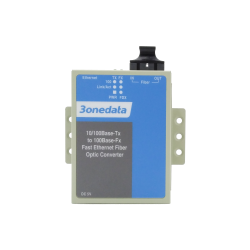
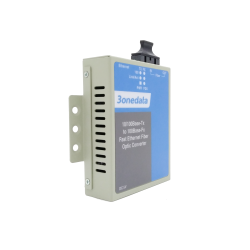
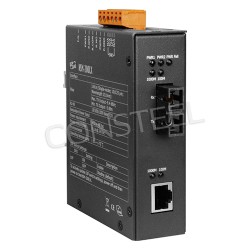
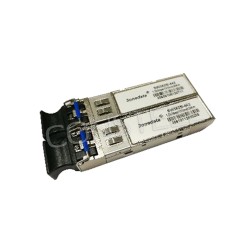














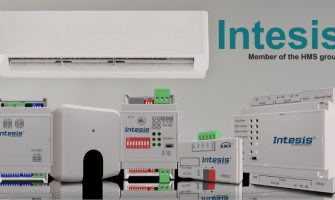

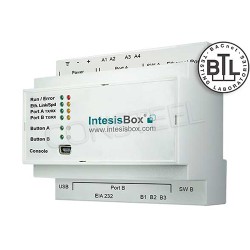
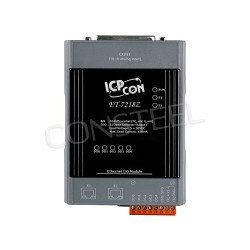
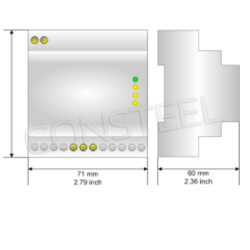
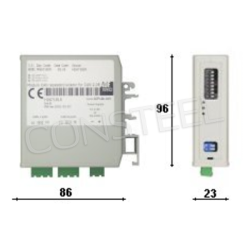
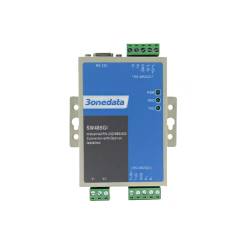
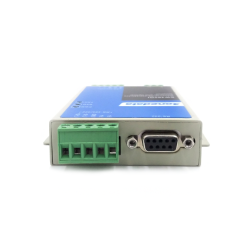
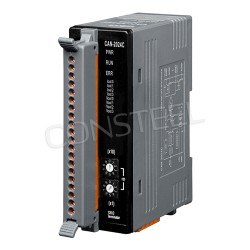
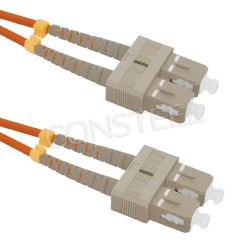

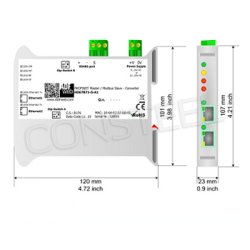

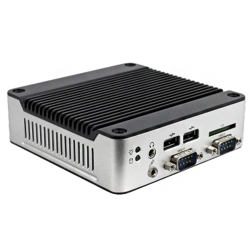
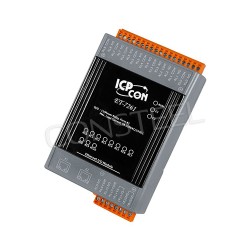
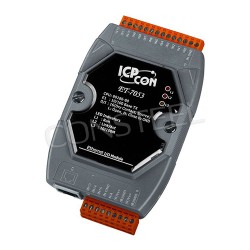

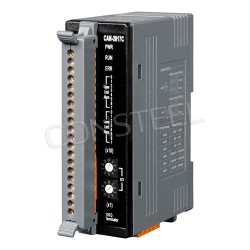
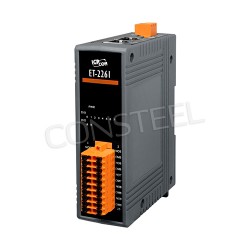
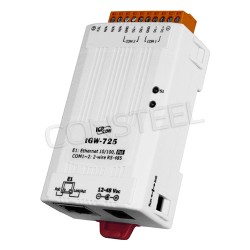
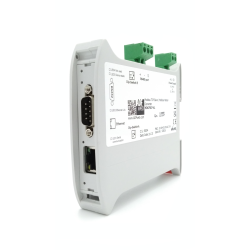
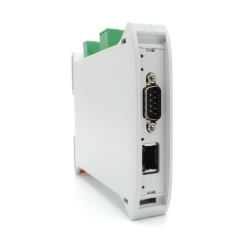
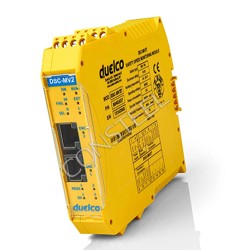
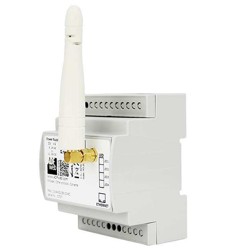
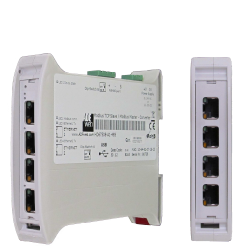
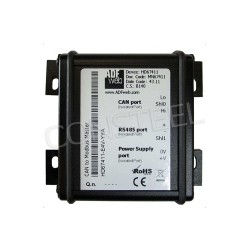
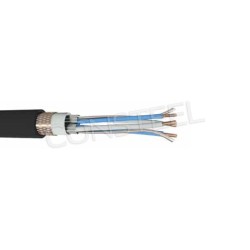
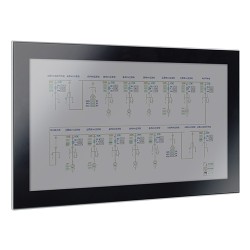
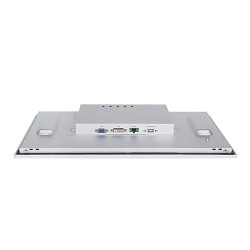
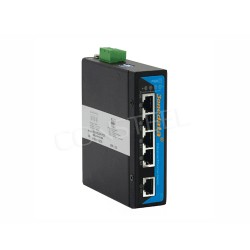
-DB-P(12-48VDC)-250x250.jpg)
